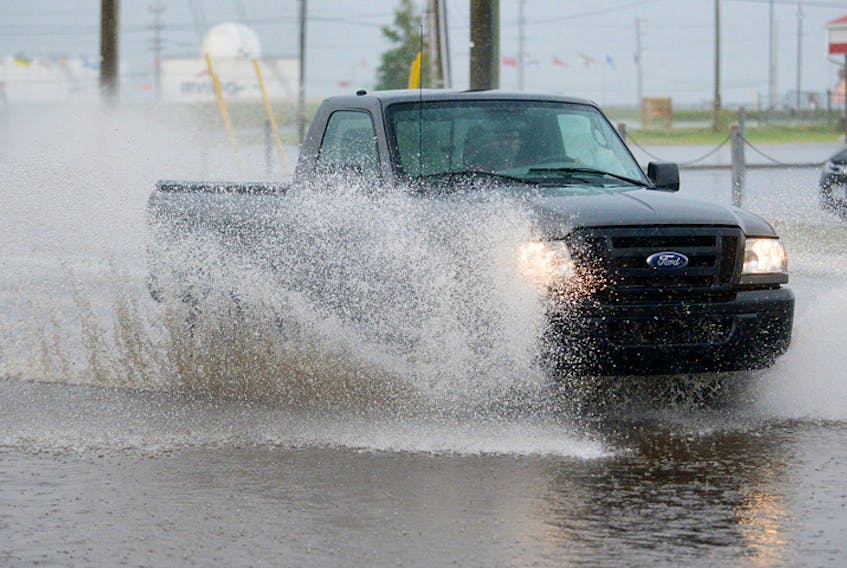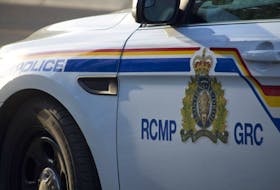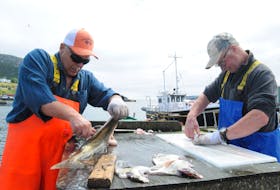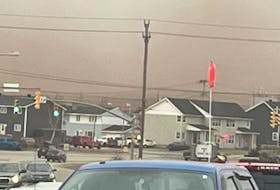When it comes to potentially damaging rain events tied to climate change, the insurance industry isn’t looking to a point in the future, but talking here and now.
In Newfoundland and Labrador, property claims moved from $16.9 million in 1996 to $87.5 million in 2015, going up again last year to $104 million, said Tom O’Handley, a manager for government relations with the Insurance Bureau of Canada (IBC).
The IBC is the association representing the majority of the country’s private home, car and business insurers. The association has spoken before about the rise in claims across Canada, but the numbers O’Handley offered The Telegram were specific to the province and include claims from all insurers, not just from IBC members, he said.
“Those numbers are adjusted to inflation. So it’s not just an inflation issue, there’s obviously more going on there and that more going on is climate change,” he said, in response to questions this week.
Home improvements and nightmares
Changing behaviours have helped the totals along. For example, people having more finished basements, with wall coverings, furniture and electronics all placed where water might rush in.
However, the industry is also recording more rainfalls at a level overwhelming public infrastructure (like culverts and storm sewers) and threatening private properties, O’Handley said.
“The current system, water and sewage system, can’t handle that amount of rain at one time and it’s caused floods,” he said.
When asked for an example of a costly local event, he pointed to recent flooding in Cape Breton and Newfoundland from a storm track this past Thanksgiving — a massive rainfall and $100 million in claims filed.
Federal government assistance
The insurance agencies serving paying customers don’t stand alone in talking about property damage in the context of extreme weather and climate change. A Public Safety Canada evaluation of the federal government’s Disaster Financial Assistance Arrangements (DFAA), covering to 2016-2017, noted more money was paid out in assistance in the last six fiscal years than in the first 39 years of the program combined.
“Documents and file reviews revealed that the costs associated with disasters are increasing,” it stated. “Similarly, over the past 20 years, the DFAA for weather events has been steadily increasing due to an increasing number of large weather events with greater intensity.”
The federal share under the post-disaster arrangements with the provinces has increased from $10 million average for the period 1970-1995, to $110 million for events 1996-2010 and $360 million for 2011-2016.
An estimated 75 per cent of any weather-related DFAA spending for the next five years will go toward recovering from flood events.
High risk, fair risk?
Insurance companies in Canada started offering specific protection for overland flooding — the kind of heavy rains sending water over the road and directly in through your door — in 2015. The insurance was brought in on the heels of significant flooding in Alberta in 2013.
Meanwhile, the IBC has been lobbying the federal government for a national flood strategy for high-risk areas. And there is ongoing debate over what to do in areas where people have been allowed to build, are being hit in storms, only to return and restore.
“It’s difficult for insurers to offer coverage when you’re in an area that’s prone to flooding and it’s just a matter of time before that claim has to be made,” O’Handley said.
Insurance companies are investing in their own risk mapping. But the association also encourages municipalities to promote consideration of flood risk maps being made available through the province.









